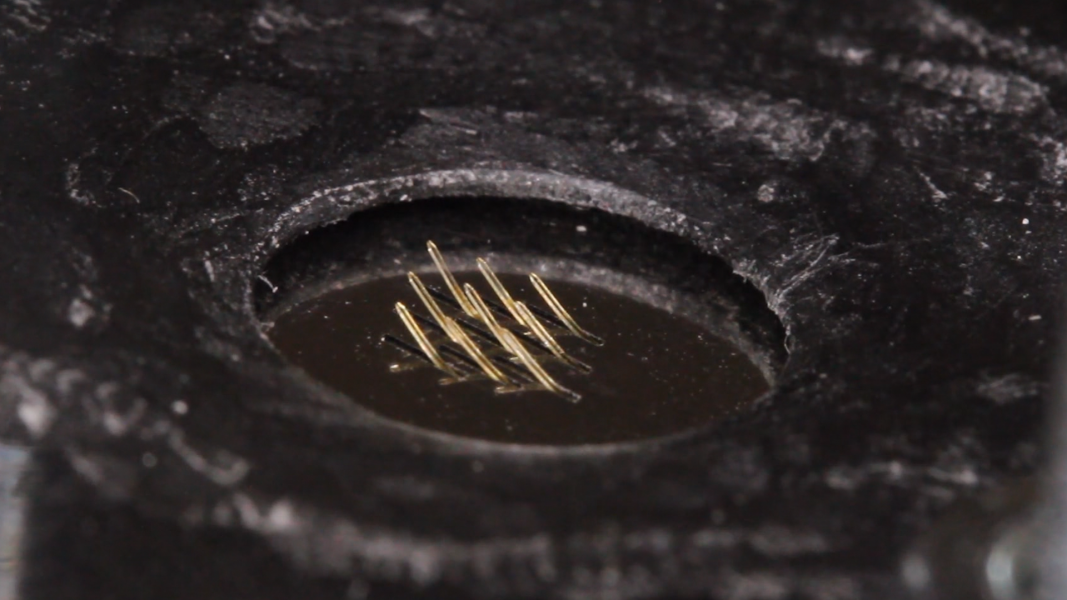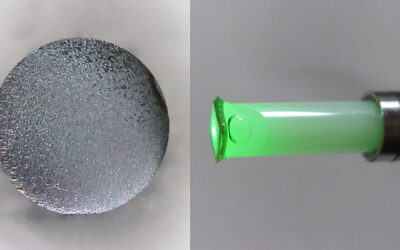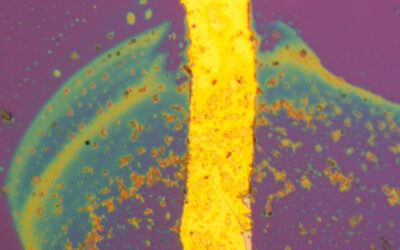The human skin is incredibly sensitive to external stimuli, including variations in temperature, touch, and pressure. An electronic analog to skin could find application in prosthesis or sensing robotics if the supple nature of human skin can be maintained.
In a communication in Advanced Materials, Dr. Jonathan Reeder and colleagues from The University of Texas at Dallas describe their batch-assembly technique for fabricating highly sensitive, dense, multimodal arrays of electronic whiskers (e-whiskers) as a class of electronic skin.
Dr. Jonathan Reeder: “In this work we demonstrate a scalable method of fabricating 3D arrays of sensors, as inspired by animal whiskers. The 3D structure of these sensors enables complex interactions with surrounding surfaces, and this enables us to measure a variety metrics, including proximity, surface topology, friction, force, material stiffness, and temperature.”
2D precursors are created using photolithography to define a gold sensing layer, and laser machining to define the structure of the shape-memory polymer (SMP) whisker. A directed flow of warm air from below the SMP layer causes the whiskers to rise into an upright position at an angle dependent on the air velocity. Cold air is used to lock the whiskers into position, and the process can be reversed by applying a low flow rate of warm air.
Microscopic deflections of the e-whiskers induce linear changes to the resistance of the gold strain gauges with a response time of less than 250 μs. Grazing the e-whiskers over microtextured materials enables surface mapping of topological features down to 5 µm in height. By reversing the grazing direction, the e-whiskers temporarily buckle in proportion to the surface roughness of the material, causing the resistance of the strain gauge to spike and provides a measure of friction. The e-whiskers can also distinguish between materials of different stiffness. Softer materials are more easily deformed when contacted with the e-whiskers and produced a smaller resistance change.
Applying sinusoidal temperature fluctuations over a temperature range of 0 to 100 °C demonstrates that the e-whiskers can measure small temperature changes over a wide range.
To find out more about this promising electronic skin, please visit the Advanced Materials homepage.

















